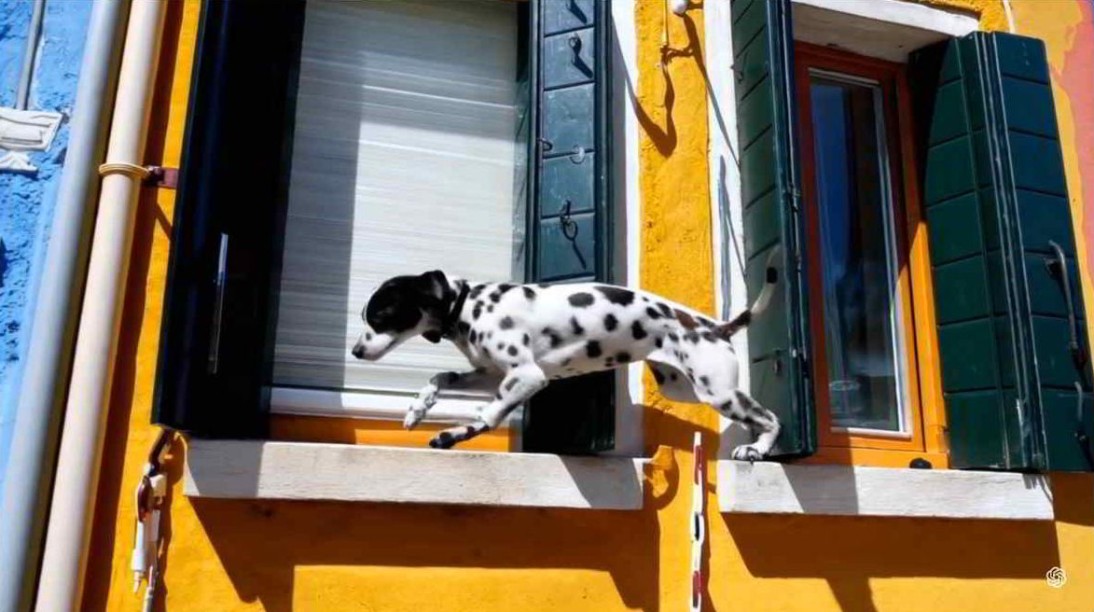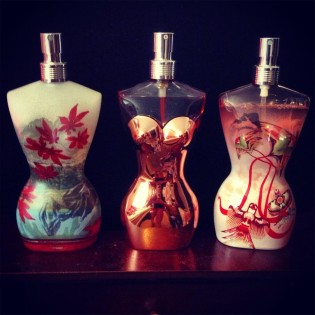Is Sora the end for creatives?

Be brave in the new world
Steven Bartlett was uncharacteristically apoplectic. He had – like the rest of us – woken up to ChatGPT’s latest wheeze, the text-to-video tool Sora. It can synthesise 60 seconds of hyper-realistic footage from a few human keystrokes.
Social media entrepreneur Bartlett told LinkedIn: “The barriers to creation are not just lowered, they are obliterated. This is not a distant future; it's upon us and the ramifications of this are staggering.” All this before any of us has had a chance to try it.
Highbrook suggests we stay calm. Sora undoubtedly proves that AI is – as Open AI CEO Sam Altman charmingly put it – coming for creatives’ and writers’ jobs. But it’s not the end.
First, consider the “arms race” argument
If everyone has a gun, a gun confers no distinction or advantage on individuals or brands. Sora-style commercial video will be everywhere, especially at the lower end of the market.
Second, consider what creatives have done in the past when innovation or a prevailing aesthetic is about to eat their job
At the advent of photography, painting began a century-long journey away from likeness-making to purer, edgier, truer methods of expression – through impressionism, expressionism and abstraction. The world was better for it.
With the advent of digital audio, everyone binned their analogue kit. Except for a bunch of renegade dance music aficionados in Detroit, London and Chicago. Thank you, Frankie Knuckles and Larry Levan, house et al.
Cryptocurrencies were a reaction, based on new tech, against the top-down digital banking system.
Photographer Corrine Day upended sleek 1980’s fashion photography with candid shoots in messy bedsits with bad lighting and sun-starved models.
Third, consider the human need to be original
From the Lascaux caves onwards, we’ve been driven to express our feelings. We write, paint and design, guided not by algorithms but by emotion. We select and celebrate things that make us laugh, cry, feel inspired, happy, angry. Much as bots can identify a string of phrases that typically go together, they cannot mint new ones.
This short phase is from Shakespeare’s Mark Antony: “Cry ‘Havoc’ and let slip the dogs of war”.
In its use of onomatopoeia and the guttural end, it conveys much with few words. They’re common words, but arranged in an unusual way: chaotic, brutish and ugly. The phrase is shaped to stir emotion. It is, surely, a very long way from the guard rails of AI trained on the marshmallow world of American journalism.
In a world where marvellous banality can be conjured by unthinking machines, true creativity will come from the opposite direction. It will be grainy, scratchy, discordant art that has been a struggle to make.
Declaration of interest: Highbrook is a content and creative agency. We would say this, but we believe marketing is at a crossroads. It could take the way of the machine, but it risks losing all distinction, all uniqueness. It will sound and look like everyone else, big and small in its field. The kitchen table entrepreneur will have the same tools as the global conglomerate.
Highbrook has already called the arrival of ChatGPT a wake-up call for content marketers, creatives and brand gurus. If you regard AI writing and AI imagery as a threat, you’re probably doing a bad job. Just look at the countless indistinct tech, asset management, banking and law brands churning out the same mission statement, same value props, same visuals.
In that sense, it is day one, lesson one of branding school. And the moral is as it has always been: do something different, do something that is yours alone. Be truthful. Trust your instincts. Invest in good people.
Finally, consider our need for simplicity
The following is an apocryphal story but we like it anyway. During the 1960’s Space Race, the Americans spent millions trying to make a pen that would work in zero-gravity. The Russians just gave their cosmonauts pencils. Not true, actually. But still a great story.





